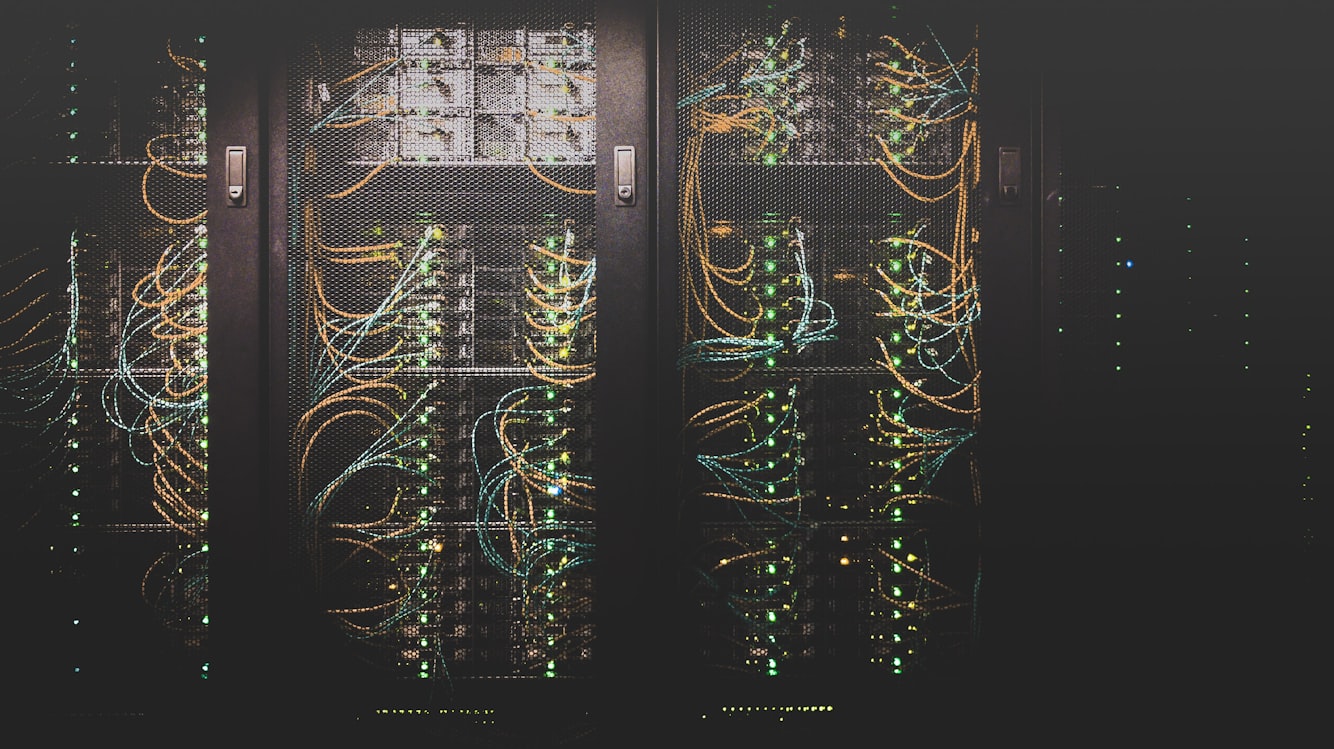
Is serverless truly... serverless?
Serverless technology has become increasingly popular in recent years, but there is still some confusion about what it actually means. Many people believe that the term "serverless" implies that there are no servers involved at all, but this is not the case. In reality, serverless technology simply means that the server infrastructure is managed by a cloud provider, allowing developers to focus on building their applications without worrying about maintaining the underlying servers.
So, is serverless technology truly "serverless"? The answer is both yes and no. On the one hand, developers don't have to worry about managing and maintaining the servers that their applications run on, which can save a lot of time and effort. On the other hand, the servers still exist, and the cloud provider is responsible for managing them.
In many ways, the term "serverless" is a misnomer. It's more accurate to think of serverless technology as a way of abstracting away the underlying server infrastructure, allowing developers to focus on building their applications without worrying about the details of the underlying infrastructure. This can be a great benefit for many organizations, as it allows them to quickly and easily deploy applications without having to worry about the underlying infrastructure.
However, it's important to keep in mind that the servers are still there, and the cloud provider is responsible for managing them. This means that developers still need to consider factors like scalability, reliability, and performance when building their applications. In many cases, this will require careful planning and coordination with the cloud provider to ensure that the underlying infrastructure is capable of supporting the demands of the application.
In conclusion, while serverless technology is not truly "serverless" in the strictest sense of the word, it does provide a number of benefits for organizations that are looking to deploy applications quickly and easily. By abstracting away the underlying server infrastructure, serverless technology allows developers to focus on building their applications without worrying about the details of the underlying infrastructure. While this can be a great benefit, it's important to keep in mind that the servers are still there, and they need to be carefully managed in order to ensure the best possible performance for the application.